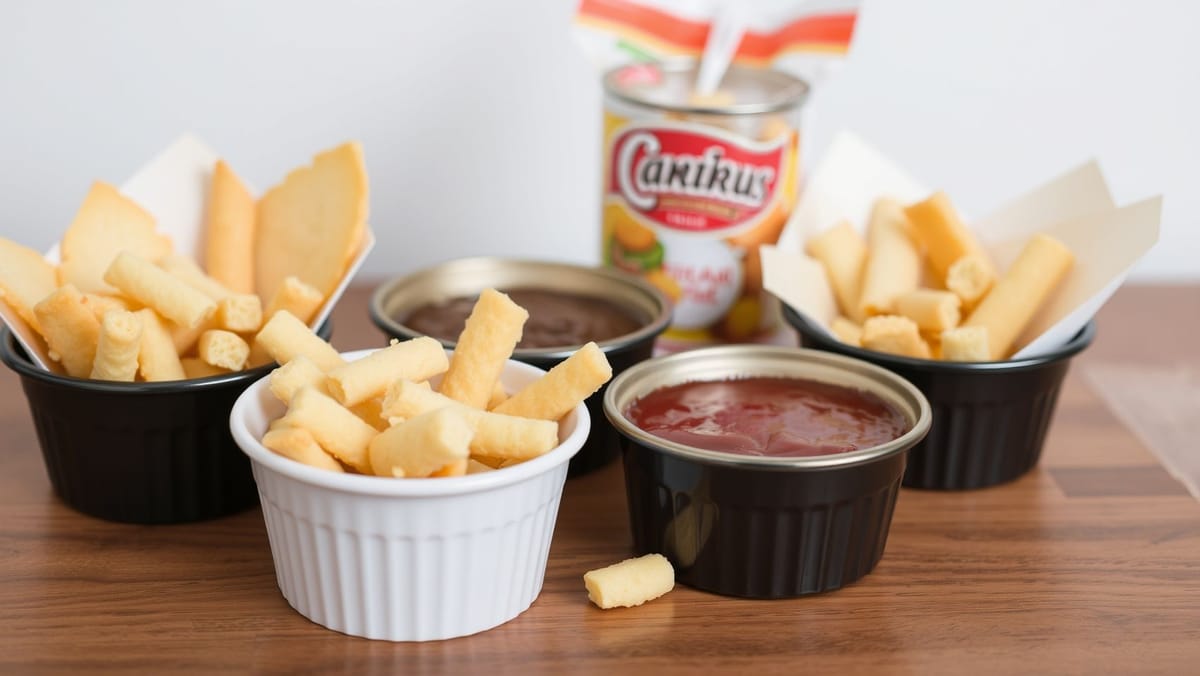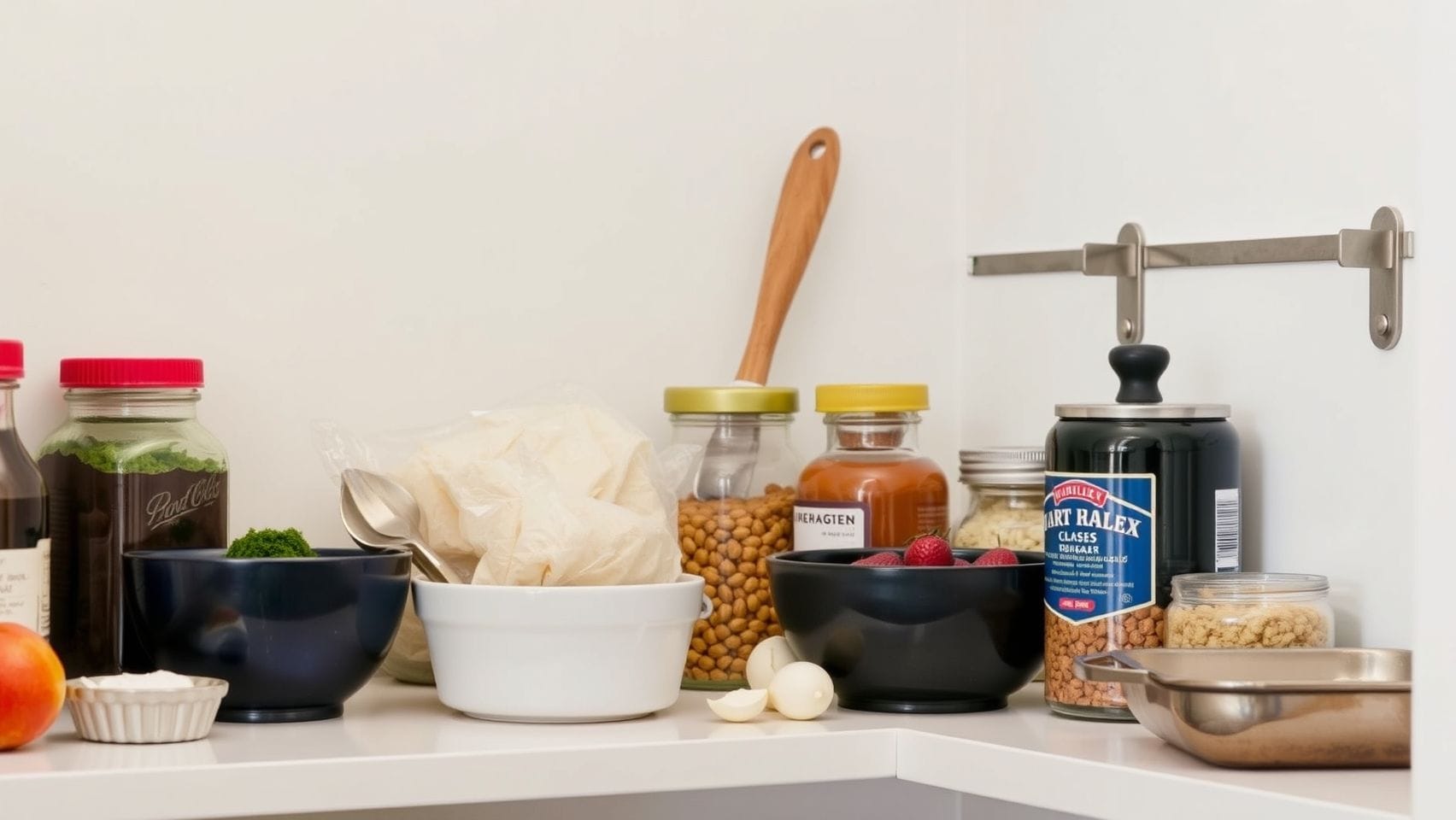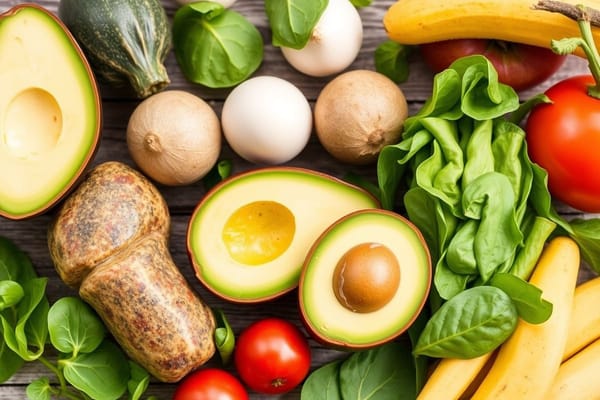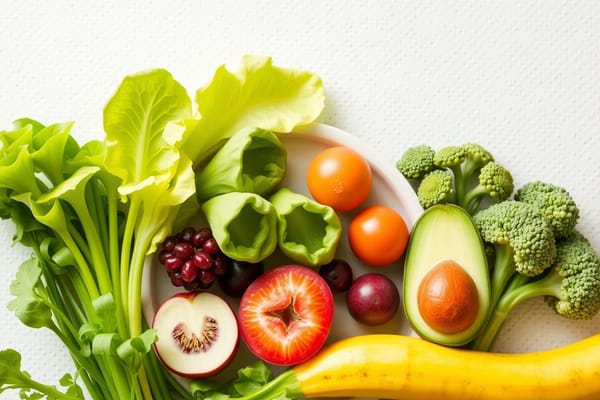Budget Bites: Eating Healthy on a Dime with Smart Grocery Hacks

Ever feel like eating healthy means emptying your wallet? You’re not alone! Many people believe that nutritious food comes with a hefty price tag, making it seem impossible to stick to a budget while prioritizing well-being. But what if we told you it doesn’t have to be that way? What if you could whip up delicious, wholesome meals without breaking the bank? Get ready to master the art of healthy eating on a dime because we're about to share some savvy grocery shopping tips and affordable recipe ideas that will transform your kitchen and your finances.
The Power of Planning: Your First Line of Defense
The secret to saving money on groceries often begins before you even step foot in the store. It’s all about planning! Think of it as your strategic roadmap to healthy, budget-friendly eating.

- Meal Planning is Key: Dedicate a few minutes each week to plan your meals. Decide what you’ll eat for breakfast, lunch, and dinner. This helps you buy only what you need and reduces food waste.
- Check Your Pantry First: Before making your grocery list, take inventory of what you already have. You might be surprised by forgotten ingredients that can be incorporated into your meals, saving you from unnecessary purchases.
- Make a Detailed List (and Stick to It!): Once you know what you need, write it down. A list keeps you focused and prevents impulse buys. For example, if you planned to make lentil soup and already have carrots and celery, you only need to add lentils and broth to your list, avoiding buying a full new set of veggies you don't need.
Smart Shopping Strategies: Becoming a Grocery Guru
Now that you’ve got your plan, it’s time to hit the aisles like a pro. These strategies will help you make the most of every dollar.

- Understand Unit Pricing: This is your secret weapon! Look at the small label near the price that shows the cost per ounce, per pound, or per item. A larger package might seem more expensive, but its unit price could be lower, giving you more for your money.
- Embrace Sales and Coupons: Always check your store's weekly circulars or app for sales. Combine sales with coupons for even bigger savings. Don't buy something just because it's on sale, though; only if it fits your meal plan.
- Go Generic: Often, store brands or generic versions of products are just as good as their name-brand counterparts but cost significantly less. Give them a try! You might find a new favorite.
- Buy In-Season Produce: Fruits and vegetables are cheaper and taste better when they're in season. For instance, berries are a steal in summer, while root vegetables are more affordable in winter.
- Don't Shun Frozen & Canned: Fresh produce is great, but frozen and canned options (especially vegetables and fruits without added sugar or sodium) are often cheaper, last longer, and are just as nutritious. Frozen berries, for example, are perfect for smoothies year-round without the high price of out-of-season fresh ones.
- Bulk Buying (Wisely): Items like rice, oats, pasta, and dried beans are often cheaper when bought in larger quantities. Just make sure you have space to store them and will actually use them before they expire.
Affordable Healthy Staples: Your Budget-Friendly Foundation
Stocking your pantry with these versatile, inexpensive, and nutritious ingredients is a game-changer:

- Legumes: Dried or canned beans (black beans, chickpeas, kidney beans) and lentils are packed with protein and fiber, and they're incredibly cheap. They can be used in soups, stews, salads, and even dips.
- Whole Grains: Brown rice, oats, whole wheat pasta, and quinoa are filling, provide sustained energy, and are very economical.
- Eggs: A fantastic source of protein, eggs are versatile and relatively inexpensive. Perfect for breakfast, lunch, or a quick dinner.
- Frozen Fruits & Vegetables: As mentioned, these are a budget-savvy way to get your vitamins and minerals.
- Canned Fish: Tuna, salmon, and sardines (packed in water or olive oil) are excellent sources of omega-3s and protein. Great for quick salads or sandwiches.
A Meal Idea: Imagine a hearty meal of brown rice, topped with a flavorful mix of black beans, corn, and bell peppers (from the freezer), seasoned with some spices. Add a fried egg on top for extra protein. This is a complete, satisfying meal that costs mere pennies per serving!
Kitchen Hacks for Maximum Savings & Minimal Waste
What you do with your groceries after you buy them is just as important as how you buy them.
- Cook at Home: This is the ultimate money-saver. Eating out, even fast food, adds up quickly. Learn a few basic cooking skills, and you'll be amazed at the savings.
- Batch Cook & Meal Prep: Dedicate a few hours on the weekend to cook larger portions of grains, proteins, and chopped vegetables. This makes healthy eating effortless during busy weekdays and prevents last-minute, expensive takeout decisions.
- Minimize Food Waste: Use up leftovers! Repurpose ingredients. For instance, leftover roasted chicken can become chicken salad, or leftover vegetables can be added to a frittata. Proper storage (e.g., airtight containers, knowing what to freeze) also extends food life.

Your Journey to Budget-Friendly Wellness Starts Now!
Eating healthy doesn't require a trust fund. By adopting smart planning, strategic shopping, and clever kitchen habits, you can nourish your body with wholesome foods without feeling the pinch in your wallet. It’s about making informed choices and being a little creative. Start with one or two of these tips, and gradually incorporate more. You’ll be surprised at how much you can save while enjoying delicious, healthy meals every day. Happy shopping and even happier eating!



